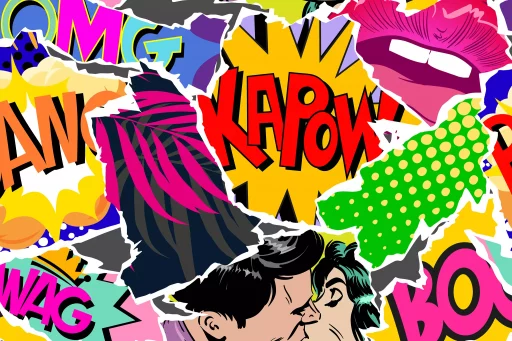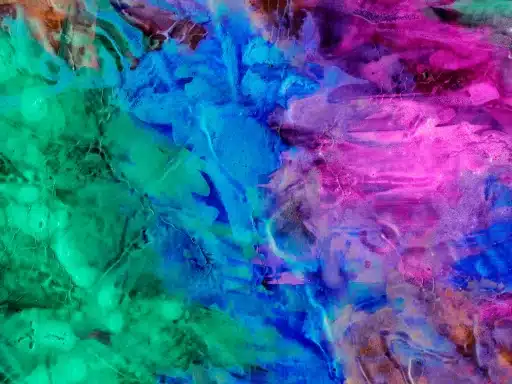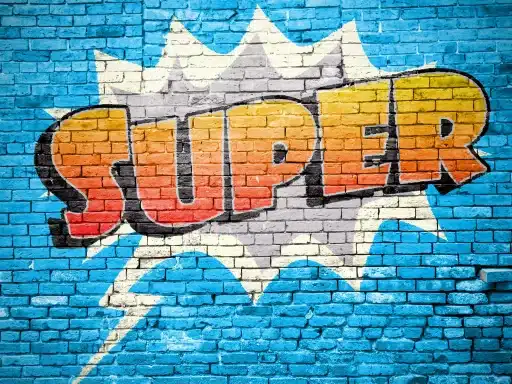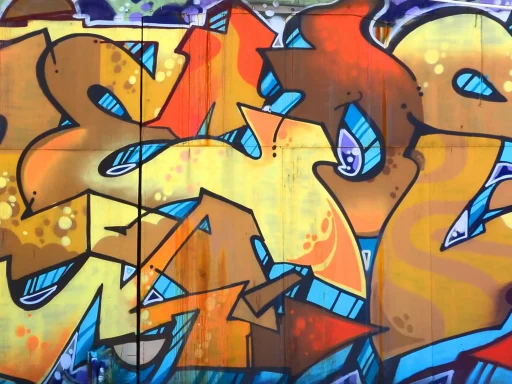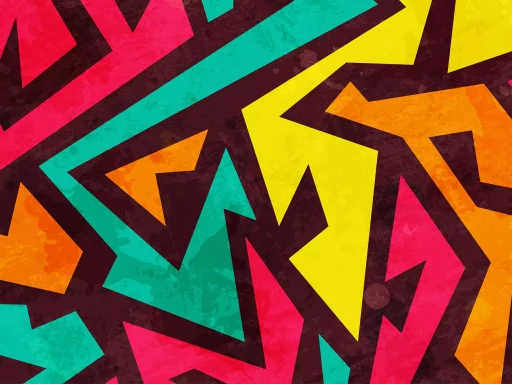Introduction to Amp Slang
The term “amp” has become a common slang in various circles, especially among younger generations and within certain subcultures. Understanding slang is crucial for effective communication, as it reflects the culture and social dynamics of a group. The word “amp” generally refers to amplifying something, whether it’s energy, excitement, or even a feeling. This article aims to uncover the various definitions and uses of the slang term “amp,” its origins, and its prevalence in today’s language.
Origins of the Term “Amp” in Slang
The slang term “amp” is derived from the word “amplify.” While the formal definition relates to increasing the strength or volume of sound, its usage transitioned to the metaphorical realm in social contexts. One significant signal in its evolution occurred during the rise of electronic music and rave culture in the 1980s and 1990s, where it referred to the heightened energy levels of both music and participants at events.
Common Uses of “Amp” in Different Contexts
The term “amp” can be used in various contexts, each bearing distinct meanings:
- Excitement Amplification: When someone says they are “amped,” they are expressing heightened enthusiasm. For example, “I’m so amped for the concert this weekend!”
- Energy Levels: “Amped up” can describe busy or frantic surroundings. For instance, “The team was amped up during the game, making it an exhilarating experience.”.
- Motivational Boost: Sometimes, “amp” can reference a boost in confidence or motivation. For example, “After that pep talk, I felt totally amped to tackle my presentation!”
Case Studies: The Use of “Amp” in Popular Culture
One notable example of “amp” in popular culture can be found in music lyrics, particularly in genres like hip-hop and electronic dance music (EDM). Many artists incorporate the term into their songs, symbolizing energy and excitement. The track “Amp It Up” by DJ Z-Trip is an excellent illustration—its title suggests amplifying the party experience and engaging the audience.
Moreover, platforms like TikTok have seen the word “amp” proliferate in viral challenges and trends, significantly impacting how younger generations communicate. When a TikToker says, “Let’s amp this up!”, they encourage others to join in on a fun activity, showcasing the term’s role in elevating social engagement.
Statistics on Slang Usage
Understanding the prevalence of slang like “amp” can be important for marketers, educators, and those working with youth. According to a survey conducted by the Pew Research Center in 2021:
- Approximately 75% of teens aged 13-17 use slang regularly in their communications.
- Over 68% of respondents admitted that slang helps them feel more connected to their peers.
- About 40% of participants noted that they often use slang they encounter on social media platforms.
This data highlights the significance of slang in modern communication, particularly among younger audiences.
How to Use “Amp” Appropriately
Using slang effectively requires an understanding of the context and the audience. Here are some tips on when and how to use “amp”:
- Know Your Audience: Ensure that the people you’re communicating with are familiar with the term before integrating it into a conversation.
- Use in Casual Settings: “Amp” is most appropriate in informal discussions, social media posts, or conversations with friends rather than professional settings.
- Keep It Relatable: When using the term, frame it in a way that resonates with shared experiences, such as events, parties, or hobbies.
The Evolution of Slang and Its Future
Slang is ever-evolving, and while “amp” currently maintains popularity, it could face replacement by new terms as cultures shift. Staying updated on language trends is vital for maintaining effective communication across different generations.
Conclusion
The slang term “amp” encapsulates a modern, youthful expression of enthusiasm that reflects broader social trends. Whether used to express excitement, amplify energy, or boost motivation, understanding and using it effectively can enhance interpersonal interactions, particularly among younger individuals. Keep an ear out for the evolution of this and other slang terms as the language landscape continues to change.
